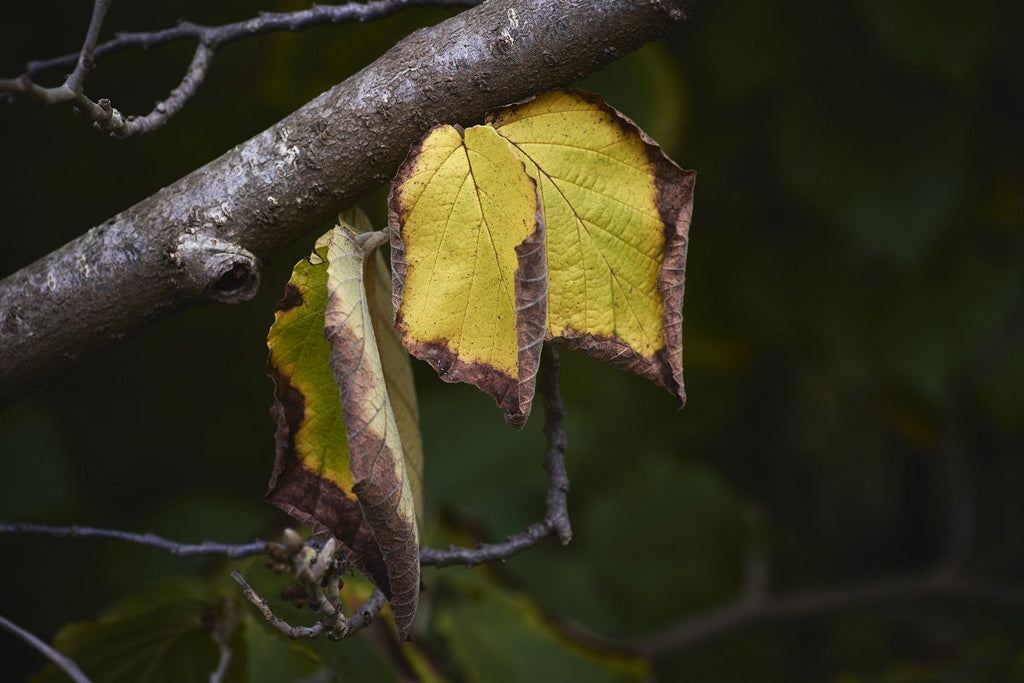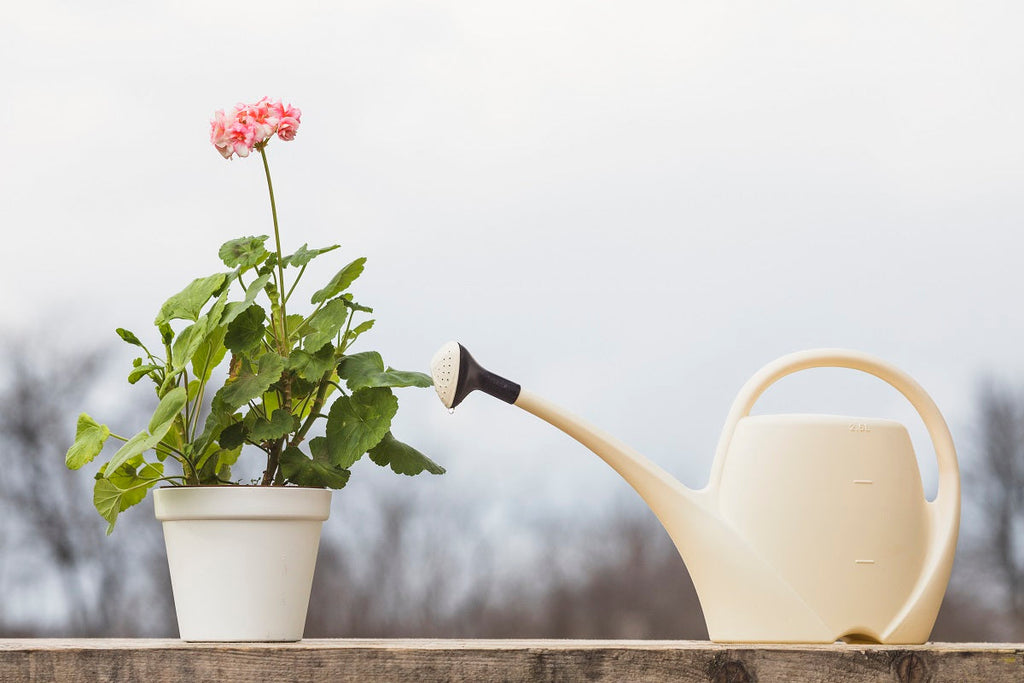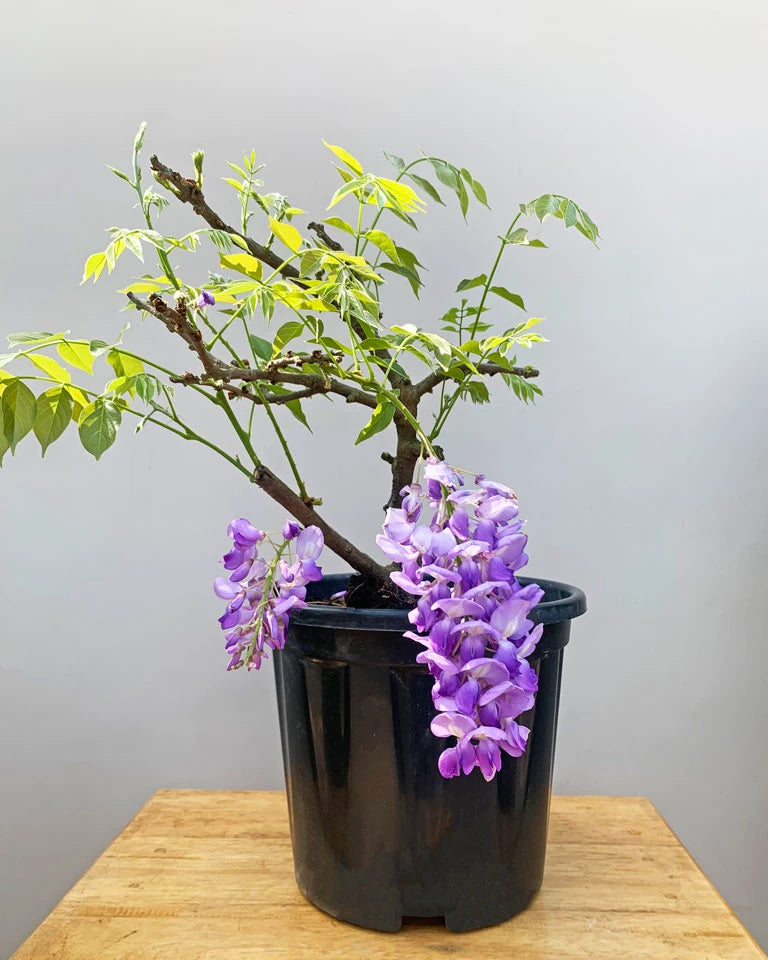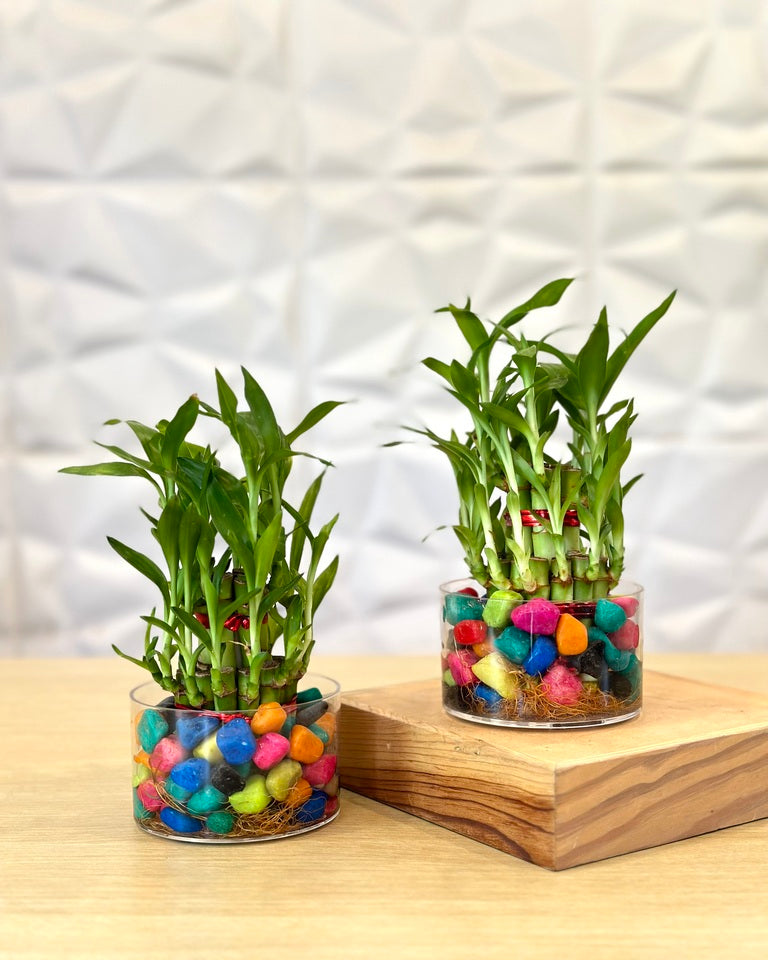
Best Winter Plants to Enhance Your Garden This Season

A vibrant, flourishing garden doesn't have to end with the arrival of winter. Many plants withdraw during the winter, but some species thrive in the cold and add vitality and life to both your indoor and outdoor areas. Winter plants can easily help you achieve this, whether your goal is to add some greenery to your home or to fill your garden with vibrant blooms. We'll go over some of the best winter plants you can grow in this blog, along with care advice and frequently asked questions to help you succeed this season in your garden.

1. Dianthus: A Pop of Color in the Frost
Dianthus, renowned for its striking blooms in shades of pink, red, white, and purple, is a favorite choice for adding vibrant color to winter gardens. Known for its resilience, this hardy plant thrives in cooler temperatures, making it an excellent option when most other flowers are dormant. In addition to its eye-catching colors, Dianthus also offers a pleasant, spicy fragrance that enhances the atmosphere of any garden space. Its versatility makes it ideal for a variety of planting locations, including borders, flower beds, and containers. Whether you're looking to brighten up a small patio or create a focal point in a larger landscape, Dianthus is a low-maintenance, high-impact option that adds charm and vibrancy throughout the winter months.
Care Tips for Dianthus:
- Sunlight: Though it can withstand some shade, it prefers direct sunshine.
- Watering: Water when the top 2 inches of soil feels dry, but avoid overwatering.
- Soil: Grows best in well-draining soil with a slightly alkaline pH.
- Pruning: To prolong the blooming season and promote new blooms, remove dead flowers.
Dianthus in Your Winter Garden
Dianthus offers bright blooms for months, making it one of the best winter plants to keep your garden looking lively. With proper care, Dianthus can also survive mild frosts, ensuring your winter garden stays colourful for longer.

2. Salvia: Hardy and Resilient Beauty
Salvia is another fantastic option for brightening up winter gardens. This resilient plant produces tall, vibrant flower spikes in a range of stunning hues, including deep blue, rich purple, and fiery red, which offer a striking contrast to the muted tones often associated with the colder months. Its bold, upright flowers not only add visual interest but also attract pollinators like bees and hummingbirds, even during the cooler season. Gardeners frequently turn to Salvia when searching for hardy winter flower plants due to its impressive ability to withstand low temperatures and thrive in less-than-ideal conditions. Whether planted in flower beds, borders, or containers, Salvia adds a dynamic pop of color and structure to winter landscapes, making it an essential addition to any cold-weather garden design. Its low-maintenance nature, combined with its resilience and beauty, makes Salvia a perfect choice for those looking to extend their garden's vibrancy through the winter months.
Care Tips for Salvia:
- Sunlight: Prefers full sunlight but can also do well in partial shade during colder days.
- Watering: Don't overwater; just enough moisture should be added to the soil at all times.
- Pruning: Trim back dead flowers to stimulate fresh growth and prolong the bloom cycle.
- Soil: Prefers well-drained, sandy soil for optimal growth.
How Salvia Enhances Your Winter Landscape
Salvia is one of the best winter plants for its beautiful blooms and attracts pollinators, even during the colder months. Bees and hummingbirds often seek out Salvia’s nectar, helping to maintain a healthy winter garden ecosystem.

3. Succulents: Minimalist Winter Elegance
Succulents are a go-to choice for anyone seeking low-maintenance yet visually appealing winter plants. These hardy, drought-tolerant plants have the remarkable ability to adapt to a wide range of conditions, including the cooler, drier air of the winter months, making them a perfect addition to any indoor garden during the season. With their thick, fleshy leaves designed to store water, succulents require minimal watering and care, which is ideal for individuals who may not have the time or expertise to maintain more demanding plants. Their unique shapes, textures, and colors—from the rosette-like Echeveria to the spiky Aloe—offer endless design possibilities, bringing a modern and stylish touch to any space. Whether placed on a sunny windowsill or in decorative containers, succulents thrive in well-lit indoor environments and continue to brighten up the home when other plants might struggle. Their easy-care nature, combined with their striking appearance, makes succulents a popular choice for busy individuals who still want to enjoy the beauty of greenery throughout the winter months without the hassle of constant maintenance.
Care Tips for Succulents:
- Sunlight: Succulents need bright, indirect sunlight to thrive.
- Watering: Water sparingly during winter as succulents go semi-dormant. Let the soil dry out completely between waterings.
- Soil: Succulents prefer well-drained, sandy soil.
- Temperature: Keep them in a room with temperatures above 50°F (10°C) to avoid frost damage.
Why Succulents Are Perfect for Winter
Succulents are one of the best winter plants for indoor settings because they require minimal care and can brighten any room with their geometric shapes and varied colours. Their ability to store water makes them particularly suited for the dry indoor air typical of winter.

4. Azalea: A Burst of Winter Blooms
- Sunlight: They prefer bright, indirect sunlight when grown indoors, or partial shade outdoors.
- Watering: Keep the soil consistently moist but ensure good drainage to avoid root rot.
- Soil: Azaleas thrive in acidic, well-draining soil.
- Temperature: They do well in cooler temperatures, but protect them from frost when necessary.
Azaleas: Brightening Winter Gardens
Azaleas are known for their cold hardiness, making them one of the best winter plants for both indoor and outdoor gardens. Their vibrant colours and long-lasting blooms can brighten any winter day.
FAQs on Winter Plants
Q1. What are the best winter plants for indoor spaces?
Some of the best indoor winter plants include succulents, Poinsettias, and Azaleas. With proper care, these plants can thrive indoors during the colder months and bring colour and life to your space.
Q2. Can I grow winter plants in containers?
Yes, many winter plants, including Dianthus and Salvia, grow well in containers. Just ensure they have adequate drainage and are placed in spots where they can receive enough sunlight.
Q3. How often should I water winter plants?
Watering needs vary significantly depending on the plant species, with some preferring consistently moist soil while others thrive on drier conditions. Factors like plant size, type, and environmental conditions should guide your watering routine to ensure optimal growth and health.













